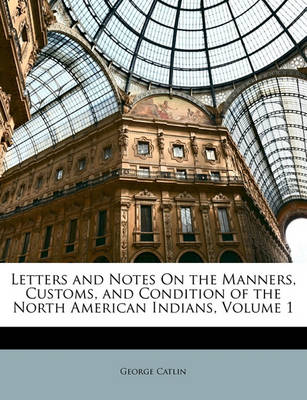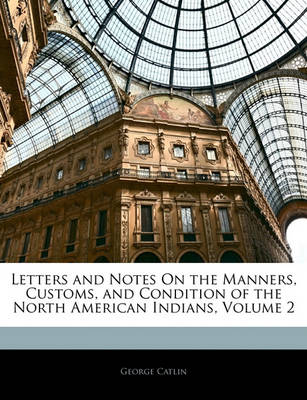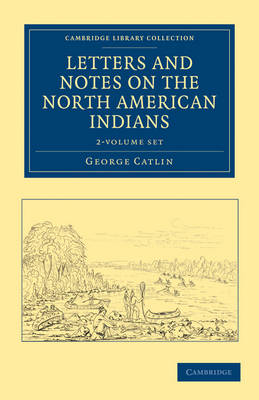Cambridge Library Collection - North American History
1 primary work • 7 total works
Volume 1
Letters and Notes on the Manners, Customs, and Condition of the North American Indians, Volume 1
by George Catlin
Volume 2
Letters and Notes on the Manners, Customs, and Condition of the North American Indians, Volume 2
by George Catlin
Catlin's Notes of Eight Years' Travels and Residence in Europe 2 Volume Set
by George Catlin
Catlin's notes of eight years' travels and residence in Europe Volume 1
by George Catlin
Catlin's Notes of Eight Years' Travels and Residence in Europe: Volume 2
by George Catlin





